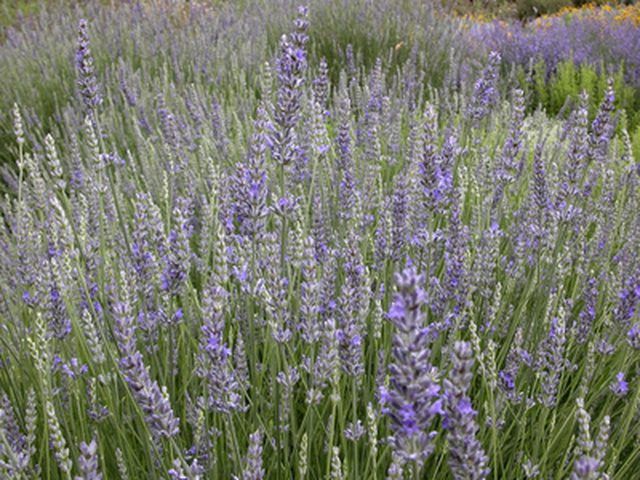Bulbs
Flower Basics
Flower Beds & Specialty Gardens
Flower Garden
Garden Furniture
Garden Gnomes
Garden Seeds
Garden Sheds
Garden Statues
Garden Tools & Supplies
Gardening Basics
Green & Organic
Groundcovers & Vines
Growing Annuals
Growing Basil
Growing Beans
Growing Berries
Growing Blueberries
Growing Cactus
Growing Corn
Growing Cotton
Growing Edibles
Growing Flowers
Growing Garlic
Growing Grapes
Growing Grass
Growing Herbs
Growing Jasmine
Growing Mint
Growing Mushrooms
Orchids
Growing Peanuts
Growing Perennials
Growing Plants
Growing Rosemary
Growing Roses
Growing Strawberries
Growing Sunflowers
Growing Thyme
Growing Tomatoes
Growing Tulips
Growing Vegetables
Herb Basics
Herb Garden
Indoor Growing
Landscaping Basics
Landscaping Patios
Landscaping Plants
Landscaping Shrubs
Landscaping Trees
Landscaping Walks & Pathways
Lawn Basics
Lawn Maintenance
Lawn Mowers
Lawn Ornaments
Lawn Planting
Lawn Tools
Outdoor Growing
Overall Landscape Planning
Pests, Weeds & Problems
Plant Basics
Rock Garden
Rose Garden
Shrubs
Soil
Specialty Gardens
Trees
Vegetable Garden
Yard Maintenance
How to Prune or Trim Lavender Plants
How to Prune or Trim Lavender Plants. Sweet-smelling lavender adds interest to the home landscape. These small shrubs produce an abundance of small purple flowers on long stems that are covered in silver-green leaves. The flower stems are harvested for use in teas, as an herb, or to add the sweet smell to potpourri and other fragrance products....

Sweet-smelling lavender adds interest to the home landscape. These small shrubs produce an abundance of small purple flowers on long stems that are covered in silver-green leaves. The flower stems are harvested for use in teas, as an herb, or to add the sweet smell to potpourri and other fragrance products. Lavender is resistant to most pests and requires little care other than a yearly pruning. The flowers are only produced on new growth, so trimming keeps the lavender attractive and productive, according to Colorado State University Extension.
Things You'll Need
Pruning shears
Inspect lavender in early spring for new growth. Prune as soon the first green leaves begin emerging from the base of the shrub. Alternately, prune the lavender in fall after the first frost.
Cut off the top one-third of all the lavender stems. Use a pair of clean, sharp shears and remove each stem in one cut. Jagged cuts are unattractive and more likely to leave open wounds that lead to disease. Shape the plant as you prune, cutting it into an even mound.
Trim out sprigs of lavender flowers as desired once the shrub begins blooming. Cut as low on each stem as possible when about half the blooms have opened.
Tips & Warnings
Bundle the harvested sprigs of lavender flowers together and secure them with a rubber band around the stems. Hang in a well-ventilated area to dry.
Trim out lavender flowers in the morning. The oils are more concentrated at this time so the lavender fragrance is more pronounced.
Lavender tolerates severe pruning. Cut back overgrown shrubs that haven't been trimmed in several years to half their height to bring them back to their former beauty.
Lavender plants split open if they aren't prune yearly. Splitting occurs when the sides of the plant spread, leaving an area in the center with few if any branches.